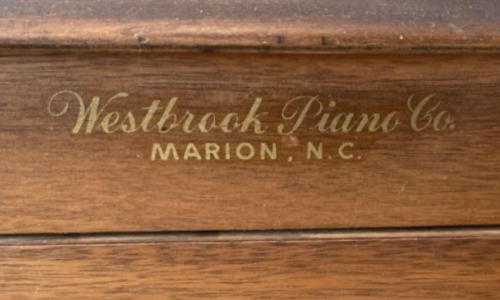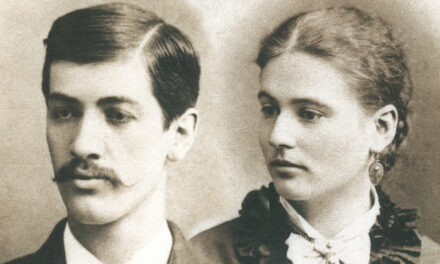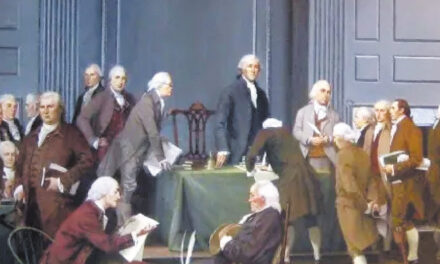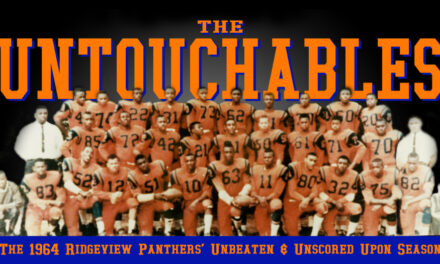
Is a piano a piece of furniture? They are generally made from wood (or at least they used to be) and manufacturers make models designed for home use, so yeah, though specialized, they qualify. The wood and the labor were reasons that in the 1960s, piano makers relocated in western North Carolina to become part of the already establish industry here.
Industrial furniture making began in McDowell County, where the first factory was built in 1875. In the 1890s, Marion, North Carolina had four furniture plants. Ultimately, all of them either shut down or were sold off to other companies. In a county cover with vast mountain forests, one man had a different use for the wood. His name was Sam Westbrook. Experts differ on the year he started Westbrook Piano, some say prior to 1944, others argue it was 13 years later. The factory, just a block off Main Street in Marion employed about 200 people during its peak. In 1970, fire burned the entire plant to the ground. By then, Sam Westbrook didn’t own it any more. The firm had been sold to International Musical Instruments Corporation. They rebuilt, then sold it again, this time to a helicopter maker that was looking to diversify. When Kaman Corporation from Connecticut took over, they expanded operations.

A Westbrook Piano made in Marion, NC.
In the 1970s sales of pianos boomed. Kaman changed the name of its piano division to Currier Piano. To accommodate, the town changed the name of the street it was on too. The company expanded it facilities to make more. One reason was the innovations found in a Currier piano. Former furniture worker Thad Poteat began patenting one innovation after another after he joined the company. Working with chemists, he developed a wood finish that made the surface as smooth as a “baby’s bottom,” words he was quoted as using when he ran his hand over the surface. In 1979, Currier Piano in Marion shipped 12,000 pianos, their best year, all with Thad’s improvements. Over in Caldwell County, Kohler and Campbell (last week’s subject) sold 16,000 that same year. It was a good time to make pianos.
Then the music stopped. A bad economy drove down sales the following year but that was just a flesh wound compared to the mortal injury to come. By 1982, sales dropped so drastically that Currier shut down piano operations completely. Kaman tried to substitute by moving production of Ovation Guitars (another company they bought) to Marion but that too fizzled out by 1985, about the same time as Kohler and Campbell ceased operations.
What killed consumer demand for pianos? Certainly, uncertain economic conditions in the early 1980s contributed but at the time, manufacturers laid the blame on video games. It was the age of Pac-Man and industry watchers declared that Americans were no longer interested in a high priced musical instrument that took a lot of dedication and hours to learn. Instead, it looked like consumers wanted pastimes with immediate gratification. As people who use statistics like to say, correlation does not necessarily mean causation. However, during those days video game purchases went up while piano sales went down.
If you are keeping score, that’s two up and two gone for the piano makers of western North Carolina. Next week’s pitch comes in Morganton with an innovation way ahead of its time.









